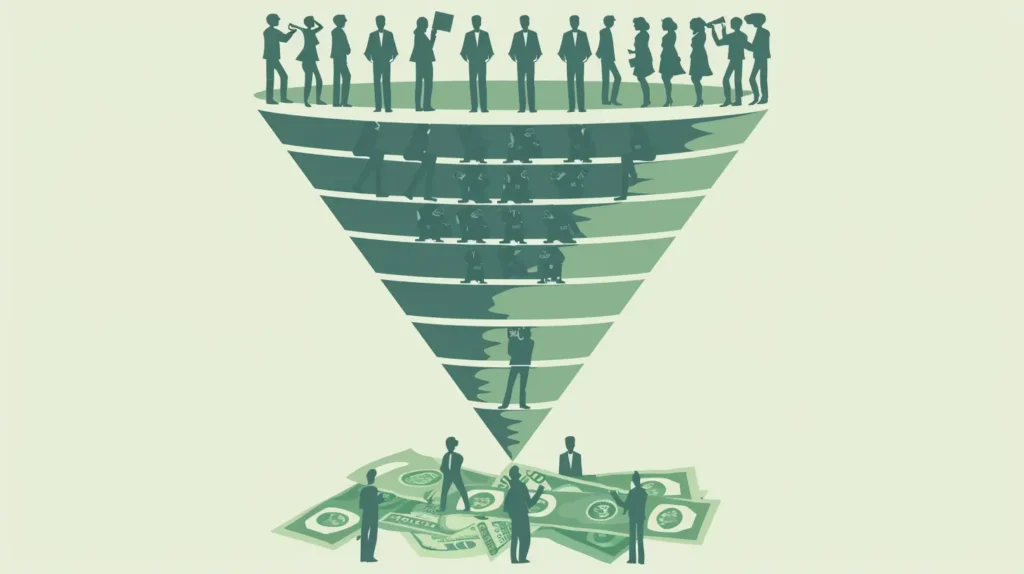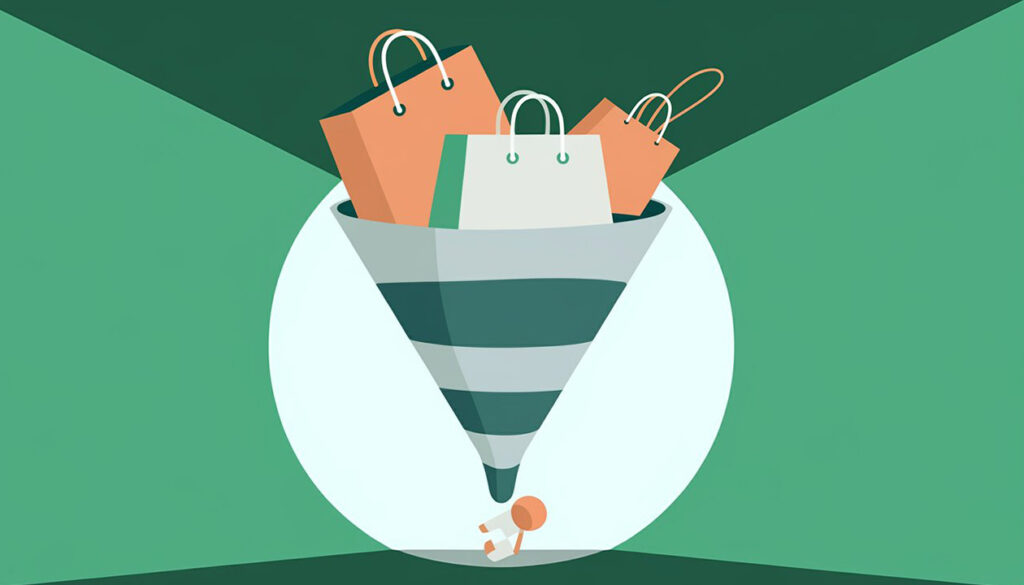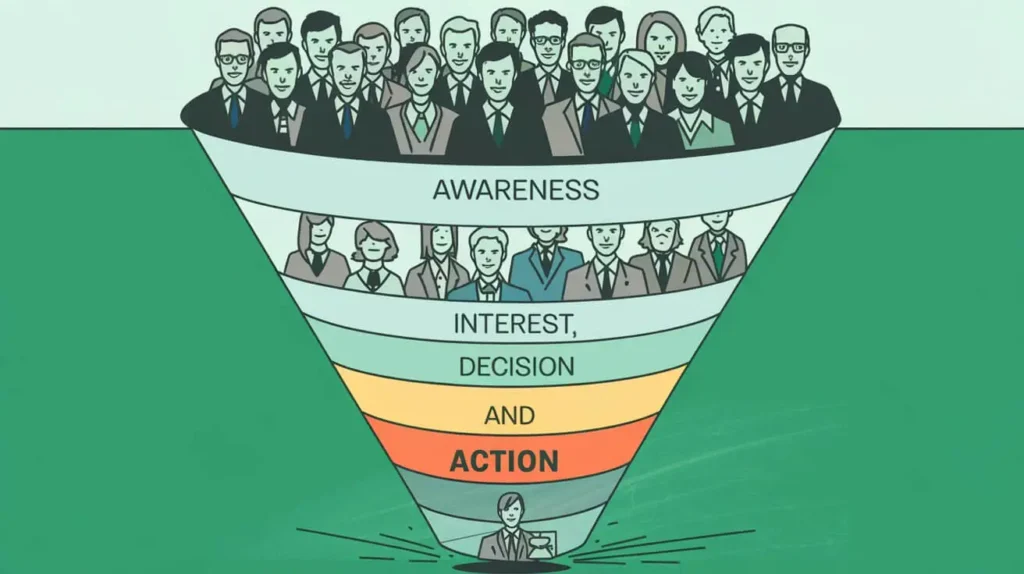In the realm of marketing, the terms top of funnel (ToFu) and bottom of funnel (BoFu) are prevalent. These terminologies are vital elements of a sales process that directs the customer’s journey from awareness to a final purchase. This comprehensive guide will delve into the depths of the top of funnel vs bottom of funnel marketing, focusing on their key differences, the significance of each stage, and the strategies for effectively targeting each stage. The objective is to equip you with the knowledge to optimize your marketing strategy and maximize conversions.
Understanding the Sales Funnel
Before we delve into the specifics of the top of funnel vs bottom of funnel, let’s first understand what a sales funnel is. A sales funnel is a model that illustrates the customer’s journey from the initial stages of awareness to the final purchase. This journey is typically divided into four stages: Awareness, Interest, Consideration, and Decision.
Awareness
This stage represents the top of the sales funnel. Here, potential customers first encounter your brand or products. Your objective at this stage is to attract the attention of potential customers and create awareness about your offerings.
Interest
Following the awareness stage is the interest stage. At this stage, potential customers express an interest in your products or services. This stage is about nurturing this interest and providing valuable information that helps potential customers understand how your offerings can solve their problems or meet their needs.
Consideration
The consideration stage is where potential customers evaluate different options available in the market, including your products or services. Your goal at this stage is to demonstrate why your offerings are the best fit for their needs.
Decision
Finally, the decision stage represents the bottom of the funnel. Here, potential customers are ready to make a purchase decision. Your focus at this stage should be on providing compelling reasons that convince potential customers to choose your products or services over competitors.
Top of Funnel Marketing: The Initial Attraction
The top of the funnel represents the initial stages of the customer’s journey, focusing on creating awareness and attracting potential customers. It is the stage where prospects just become aware of their needs or current struggles and are seeking solutions.
Strategies for Top of Funnel Marketing
To successfully target the top of the funnel, you need to create content that educates and engages your audience. This can include social media content, blog posts, videos, and infographics. Additionally, offering freebies and lead magnets are effective ways to attract new people and get them on your email list.
Measuring Top of Funnel Success
Key metrics to measure the success of your top of funnel marketing efforts include website traffic, social media engagement, and the number of leads generated. A basic yet crucial metric is your website traffic to lead conversion rate. Regular monitoring of these metrics enables you to identify trends and make data-driven decisions to optimize your top of funnel strategies.
Bottom of Funnel Marketing: The Final Conversion
The bottom of the funnel represents the final stages of the sales process, where your audience is ready to make a purchasing decision. At this stage, your focus shifts to converting leads into customers and guiding them through the final steps of the purchase journey.
Key Tactics for Bottom of Funnel Marketing
When it comes to bottom of funnel marketing, your focus should be on converting leads into customers. This includes strategies such as personalized email marketing, product demos or live trainings, and case studies. Selling and talking about your offers is an effective way to serve your audience and convert leads into customers.
Measuring Bottom of Funnel Success
Measuring the success of your bottom of funnel efforts is crucial to optimizing your sales process. Key metrics to consider include conversion rate, average order size, and customer retention rate. Regular analysis of these metrics can help you identify areas for improvement and optimize your bottom of funnel success.
Balancing Top of Funnel and Bottom of Funnel Strategies
Both the top and bottom of the funnel are equally important for a successful sales process. While the top of the funnel helps generate awareness and attract a wide audience, the bottom of the funnel focuses on converting leads into customers. By allocating resources to both stages of the funnel and continuously optimizing your strategies, you can create a robust sales process that drives consistent results.
Final Thoughts
Navigating the different stages of the sales funnel – from the top of funnel to the bottom of funnel – requires a deep understanding of each stage and how they interplay. This understanding will enable you to create a balanced and optimized marketing strategy that effectively guides potential customers through their purchasing journey, leading to increased conversions and business growth.
So, remember, the key to a successful marketing strategy lies not in focusing on the top of funnel and bottom of funnel, but rather, in understanding and effectively targeting each stage to maximize conversions.











